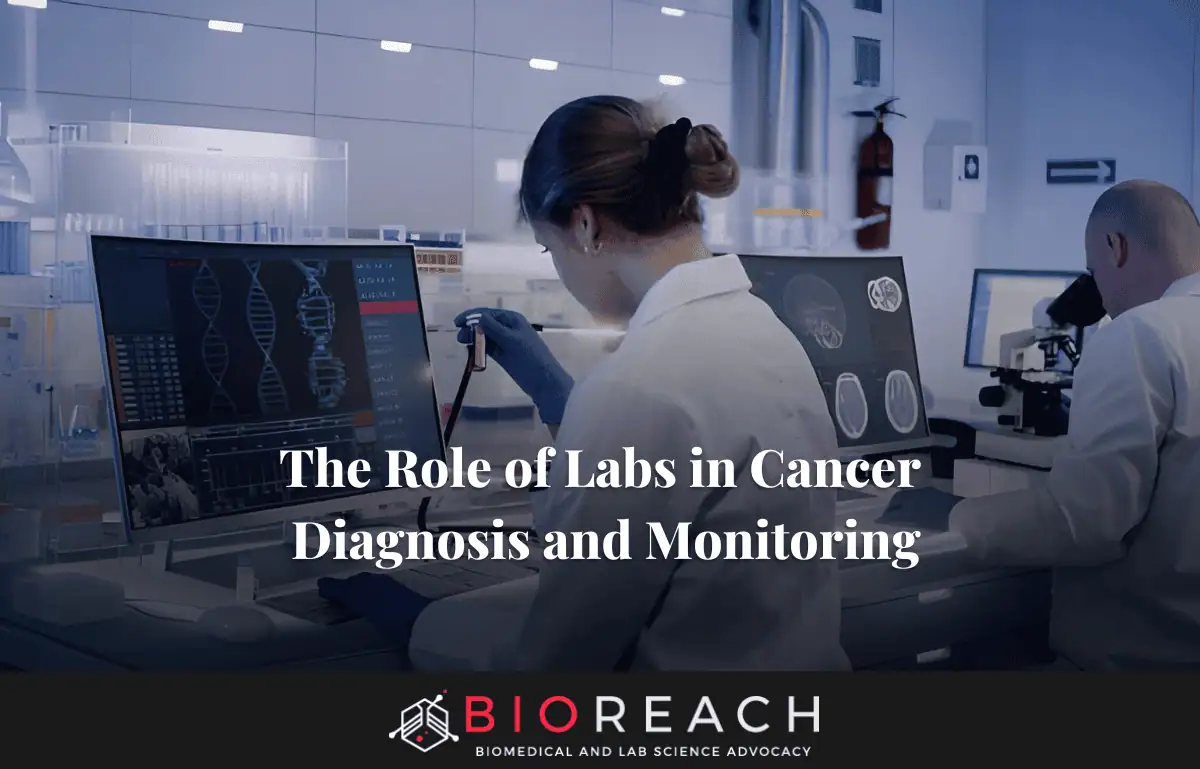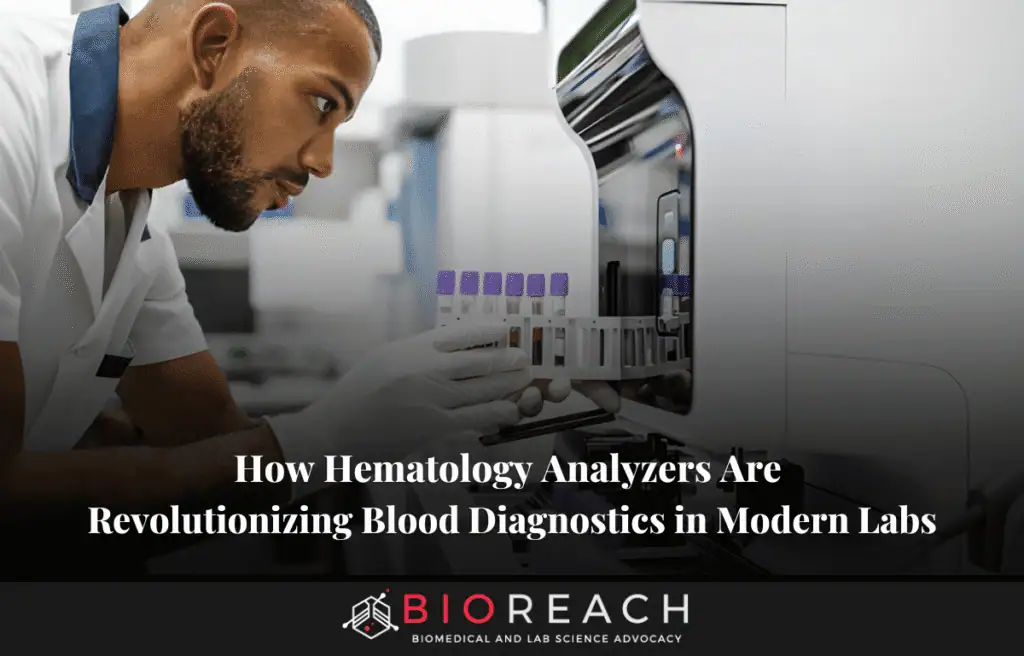Hematology Analyzers have transformed how doctors and laboratories understand blood health. A busy emergency room at midnight, a patient arrives, pale and weak. In less than a minute, a hematology analyzer processes a single drop of blood and delivers a complete blood count (CBC) with over 30 precise measurements. It even flags abnormal cells that may signal leukemia or other blood disorders. This isn’t a glimpse of the future; it’s today’s reality. In 2025, hematology analyzers are essential tools in labs worldwide, cutting testing time from hours to seconds and empowering doctors to make faster, life-saving decisions.
Blood disorders affect more than 1.5 billion people worldwide. They include anemia in pregnant women and platelet problems in cancer patients. The hematology analyzer is now a key part of modern medicine. The market for these devices is worth about $3.5 billion in 2025. They improve accuracy and use AI to predict risks, such as sepsis, cutting hospital stays by 40%.
Yet not all areas use them equally. Advanced analyzers work in city hospitals, while portable ones serve rural clinics. This article explores how hematology analyzers changed blood testing. We’ll cover their history, core technology, clinical use, case studies, economics, challenges, regulations, and future trends.
Historical Evolution: From Microscopes to AI-Driven Hematology Analyzers
The journey began in the 1940s. Back then, lab staff used glass slides called hemocytometers. They counted blood cells by hand under a microscope. This took hours and often had 15-25% error. Fatigue made results inconsistent.
A breakthrough came in 1953 when Wallace Coulter created the “impedance principle.” As blood cells passed through a small hole, they changed an electric current. The current size matched the cell volume. The first Coulter Counter automated red and white blood cell counts. It processed 100 samples a day, ten times faster than manual work.
In the 1970s, optical systems improved accuracy. Abbott’s Cell-Dyn series used laser light to tell cell types apart by size and texture. This created three-part WBC counts (lymphocytes, monocytes, granulocytes). Sysmex used radio signals to study cell nuclei and improve platelet counts.
The 1990s brought five-part differentials using flow cytometry. Cells moved one by one through lasers after staining with fluorescent dyes. Beckman Coulter’s LH 750 detected immature white cells, helping doctors monitor infections.
In the 2000s, digital imaging arrived. CellaVision scanners could classify 100 blood cells in two minutes instead of ten.
By 2025, hematology analyzers will use many technologies together. Horiba’s Yumizen H2500 includes AI for malaria checks and reviews a million cells per test. Machines like Mindray BC-6800 process 60 samples per hour, while Sysmex XN-9100 handles 1,000 with no carryover. Turnaround time dropped from 6 hours in the 1940s to about 60 seconds today. Accuracy improved too; hemoglobin variation is now under 1%.
After COVID-19, global use rose fast. Labs used analyzers to track low white cell counts in infections. Installations grew 25% in Asia-Pacific. For low-income areas, WHO supports affordable tools like HemoCue’s Hb 801. It uses light to test for anemia and helps treat 500 million people each year.

Core Technologies: The Engineering Marvels Inside Every Hematology Analyzer
Modern analyzers use several main systems. Impedance is the base method. Blood passes through a 50-100 µm hole with an electric current. Red cells, white cells, and platelets each create unique signals. Hydrodynamic focusing lines the cells up so they pass one by one.
Optical technology is key for cell typing. Forward scatter (low angle) measures size. Side scatter (90 degrees) shows internal structure. Advanced analyzers like Beckman DxH 900 use multiple lasers: blue for DNA, red for cell markers, allowing up to 10-color testing.
Cytochemistry adds more detail. Special stains highlight certain cells. Reticulocytes glow under blue dyes, and peroxidase reactions show immature white cells. Fluorescent light helps separate newborn red cells from lymphocytes.
AI now drives precision. Neural networks read scatter plots and spot disease patterns. Some systems predict sepsis with 92% accuracy by analyzing white cell ratios. Sysmex’s IPU software can detect cell fragments linked to blood vessel damage.
Microfluidics makes testing smaller and faster. Devices like PixCell’s HemoScreen use tiny chips and only 40 µL of blood. Built-in sensors measure hemoglobin using light wavelengths and adjust for chemical interference.
Connectivity matters too. Analyzers use HL7 data links to connect with hospital systems. They auto-verify 80% of results and track quality control daily, following ISO 15189 standards.
Clinical Applications: Versatility Across Medical Fields
Hematology analyzers support many areas of medicine.
In primary care, CBCs detect anemia early. Low MCV shows iron loss. High RDW means mixed deficiencies. Built-in alerts guide treatment for kidney-related anemia.
In cancer care, analyzers track blasts in leukemia. They also monitor immune cell changes after chemotherapy or stem-cell transplants.
In infectious diseases, analyzers detect bacterial or viral patterns. High immature white cells mean infection. Eosinophil counts show parasites. During dengue outbreaks, platelet counts helped prevent bleeding crises.
In cardiology, large platelets can signal clot risk after stent surgery. Platelet width shows how well drugs work.
In pregnancy, analyzers adjust for normal blood dilution. They also detect dangerous conditions like HELLP syndrome.
In pediatrics, small-volume modes use less blood, ideal for newborns. The machines correct results for fetal hemoglobin.
In emergency rooms, rapid tests help make quick choices. For example, low platelets can block the use of clot-busting drugs.
Even in veterinary medicine, systems like IDEXX analyzers adapt to animal blood, diagnosing conditions like feline immune virus.

In-Depth Case Studies: Real-Life Impact
At the Cleveland Clinic, Abbott’s Alinity hq analyzers handle 2 million tests yearly. AI reduced manual reviews by 75%, saving $5 million in labor.
In Brazil, during Zika outbreaks, 500 portable analyzers screened over a million people for platelet issues tied to microcephaly.
In Singapore, Sysmex analyzers linked to hospital records detected sepsis early. This cut deaths by 30%.
A rural Kenyan clinic used QBC Star analyzers to test children for sickle cell disease. Early detection allowed preventive treatment and saved lives.
Memorial Sloan Kettering used analyzer networks to monitor cell therapy patients. Real-time counts helped adjust doses and improved recovery for 80% of cases.
Even social media shared results. A 2025 viral post showed how a DxH 900 analyzer detected rare leukemia types, proving the tool’s diagnostic power.
Economic Implications: Value and Market Growth
The hematology analyzer market reached $3.5 billion in 2025 and may hit $5.2 billion by 2032, with 5.8% yearly growth. North America leads with 40% of sales, and Asia-Pacific grows fastest at 7%.
Each test costs about $3, 8 in materials. Machines range from $100K to $800K. High-volume labs recover costs within two years.
Early disease detection saves huge costs, $10K per avoided transfusion and $20K per day for sepsis prevention.
In low-income regions, $500 portable units deliver 10x returns by improving worker health.
In the U.S., insurance pays $10–15 per CBC, pushing labs to automate for efficiency.

Operational Challenges: Barriers to Perfection
Even advanced systems face problems. Fat or cold samples can distort readings. Chemotherapy may cause giant platelets that confuse analyzers.
Machines need daily calibration and about $20K yearly maintenance.
Staff shortages, up to 20% in some labs, make ease of use important. Misread results can cost the industry over $1 billion in errors yearly.
Cybersecurity is another concern. In 2025, ransomware hit 50 labs, showing the need for data protection.
Smaller clinics often struggle to afford big systems or link them to old computers.
Regulatory and Ethical Landscape
In the U.S., the FDA classifies analyzers as Class II medical devices. They need proof of safety compared to older models. The EU also demands clinical evidence, and new rules cover AI tools.
Labs must pass CLIA tests and CAP inspections to maintain standards.
Data privacy is crucial. Cloud-linked analyzers must follow GDPR. Fines can reach $20 million for breaches.
To promote equality, the WHO prequalifies low-cost devices for developing countries.
Future Horizons: What’s Next
By 2030, hematology analyzers will become even smarter. Some will connect to wearables that track blood continuously using light sensors.
Future systems may study single cells at the gene level. Quantum technology could detect one rare cell in ten million.
Eco-friendly designs will use green reagents and solar power for field use. AI will predict risks, such as internal bleeding, before symptoms start. Blockchain may store lab results safely for research and global trials.
Conclusion
The hematology analyzer has changed blood testing forever. It evolved from hand counting to smart AI systems that bring fast, fair, and accurate care to all. In 2025, these tools save time, money, and lives. Though some challenges remain, progress is steady. Investing in hematology analyzers means building a future where every drop of blood brings us closer to better health for everyone.














